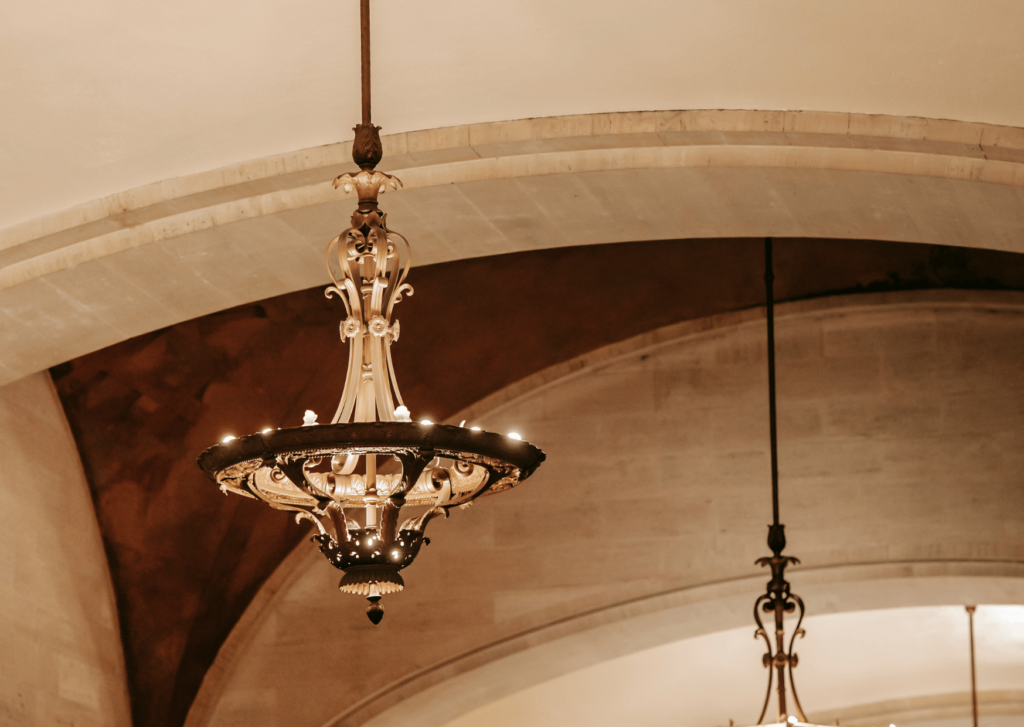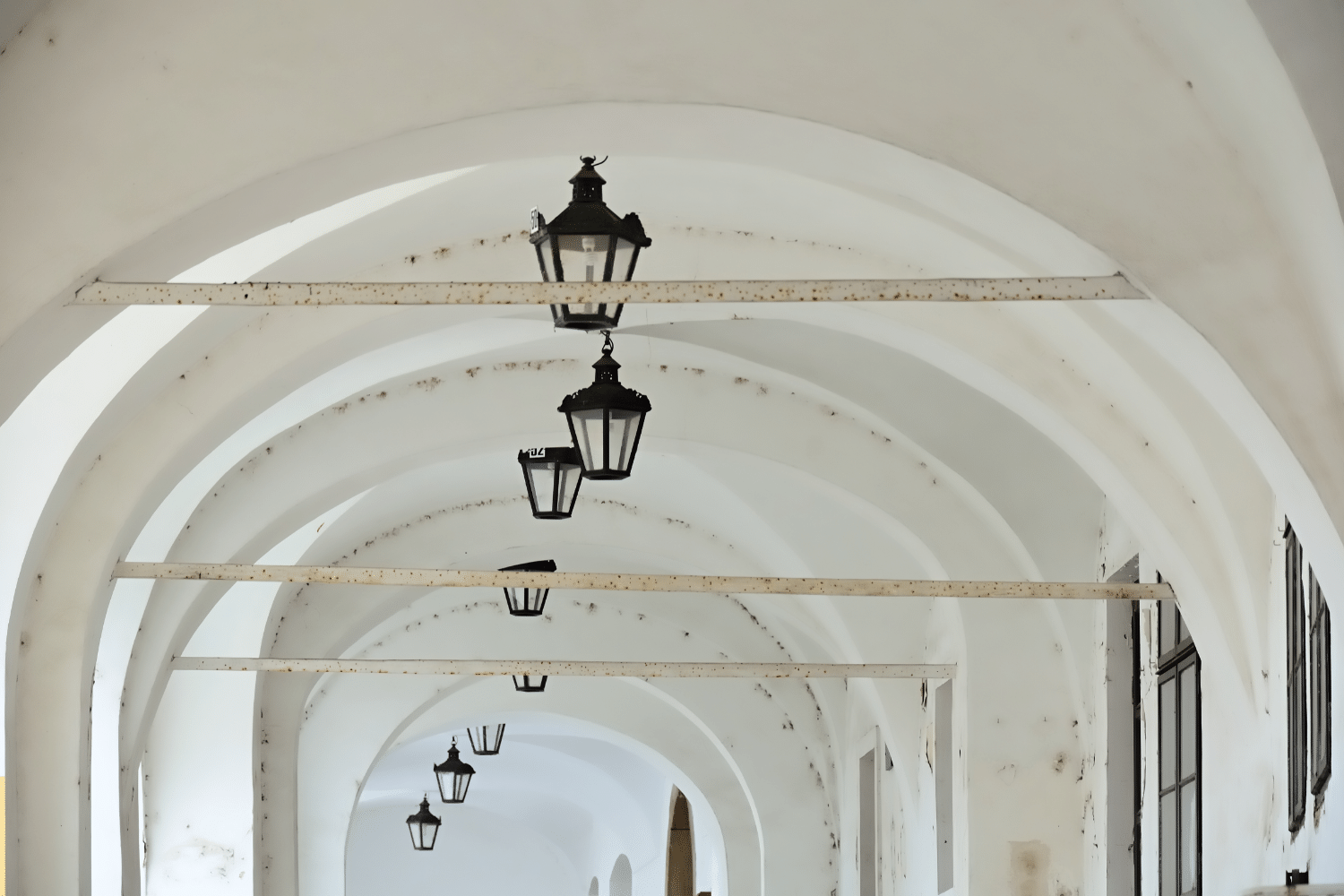
How to paint an archway Painting an archway can be a difficult task, but with some careful planning and preparation you can do it yourself. In this article, we will discuss how to paint an archway so that you have the best chance of success. Follow these steps and your archway will be beautiful in no time!
Table of Contents
First, you need to sand the surface to remove any dirt or bumps. Next, use a primer coat that is designed for painting plaster and wood. Apply two coats of paint on top of this primer coat before applying your desired color(s).
If you are using acrylic paints, make sure you are using the right kind as this will create a better finish. This includes high-quality acrylic paint and Acrylic Gesso, which helps your paints adhere to plaster surfaces.
When you have finished painting an archway, it is very important that you seal the surface with a water-based varnish or tinted clear gloss. Applying one coat every day for four days (or longer if necessary) will help protect your paint from cracking in places where it might be exposed to cold weather quickly or often.
It takes about 15 minutes per layer of primer before we start back up again on our topcoat(s).
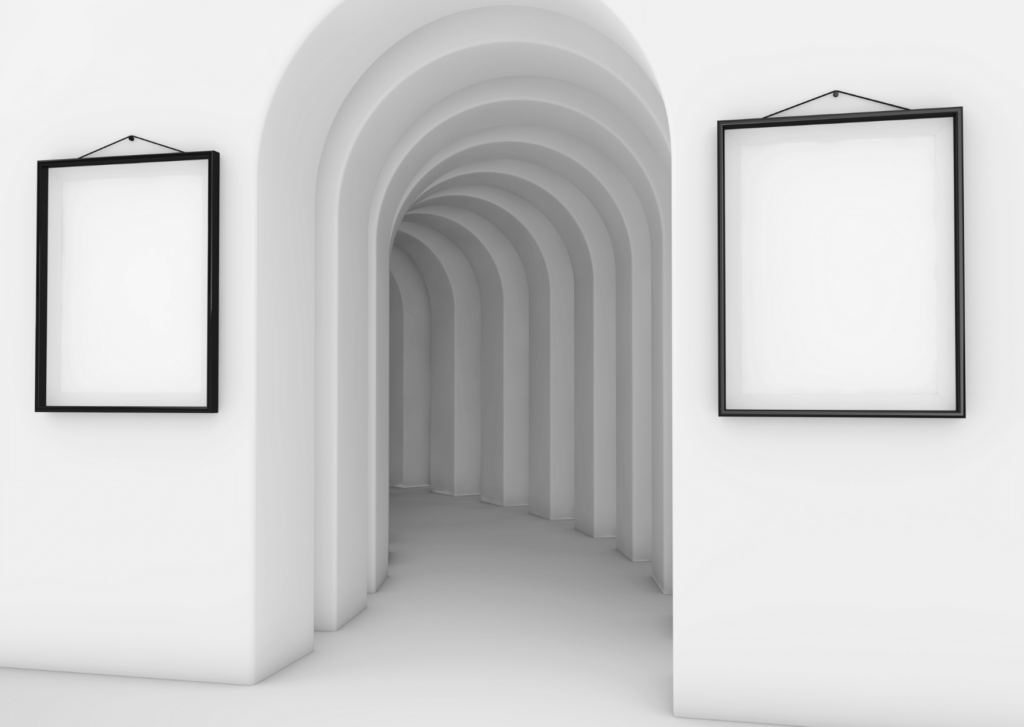
When decorating an archway in your house, it is important to only use materials that are safe for interior spaces. This includes adding decorative items such as window trim or screens on the inside of the opening and painting a border around the bottom edge with any color you like.
Make sure there are no protruding nails, screws or other sharp objects sticking out from either side of the doorframe so nobody accidentally gets hurt when walking through.
Adding different types of hardware can also help make your entrance stand out more at night by lighting up nicely while still being low-maintenance enough not to need constant changes year after year. You may want to add sconces (with LED bulbs) near both ends of the frame if possible for best effect.
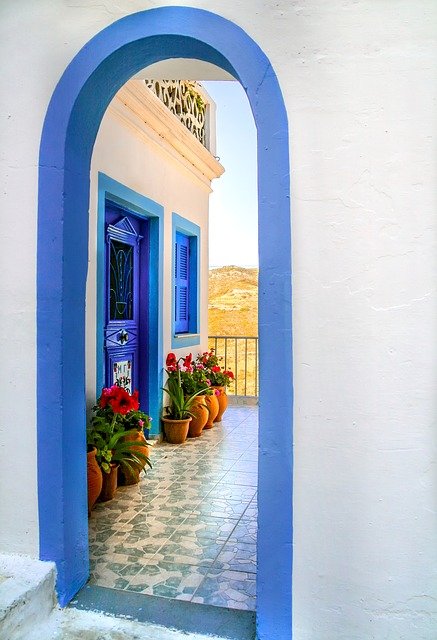
Painting the archway a single color will create an elegant look without going overboard. You can choose any type of paint you would like, but it's best to go with something that is low-maintenance such as latex or acrylic in case some gets on the floor and needs quick cleaning up.
Once you've decided what shade you want for your decorating project, cover all surfaces that need protection from paint including floors, furniture and stairs before starting work. Wait until everything has dried completely before removing protective sheets if needed so they don't become soaked by unintended spills later on.
Here are two common colors used: white trimming around windows popping out against a navy blue backdrop which creates visual balance; dark chocolate brown painted over light tan.
The third option is a light gray with darker grays on the outside edges which creates an interesting contrast that makes it look like there's more depth to the paint job than really exists.
If you're going for something bolder, then go ahead and try painting one of your walls in bright lime green or vibrant orange! It will make all those other colors pop out from their surroundings and give them some much-needed pizazz!
If you want to make your curves more dramatic then do it without taping. If you're painting a few straight lines and just happen to have the curve in between, leave about an inch of space where there is no paint so that when you come back around with the next stroke, the canvas will be slightly stretched out away from the edge.
This method also helps if your brush strokes are starting to go too far down one side or another - this way they'll end right at those edges!
The great thing about using tape on your archway is that it gives you control over how much detail goes into each line. So for big spaces like these, use wider strips of painters' blue tape. For smaller spaces, use narrower strips of blue painters' tape.
The really great thing about using this method is that it gives you control over how much detail goes into each line - so for big spaces like these, use wider strips of painters' blue tape; and for small ones, go with the narrower kind!
To get started on your inside lines without any hassle, just cut thin pieces from one side to the other in between your curves. If you want more dramatic curves then don't worry about cutting out those "straight" lines as they will disappear under all that lovely shading we're going to apply right away anyway.
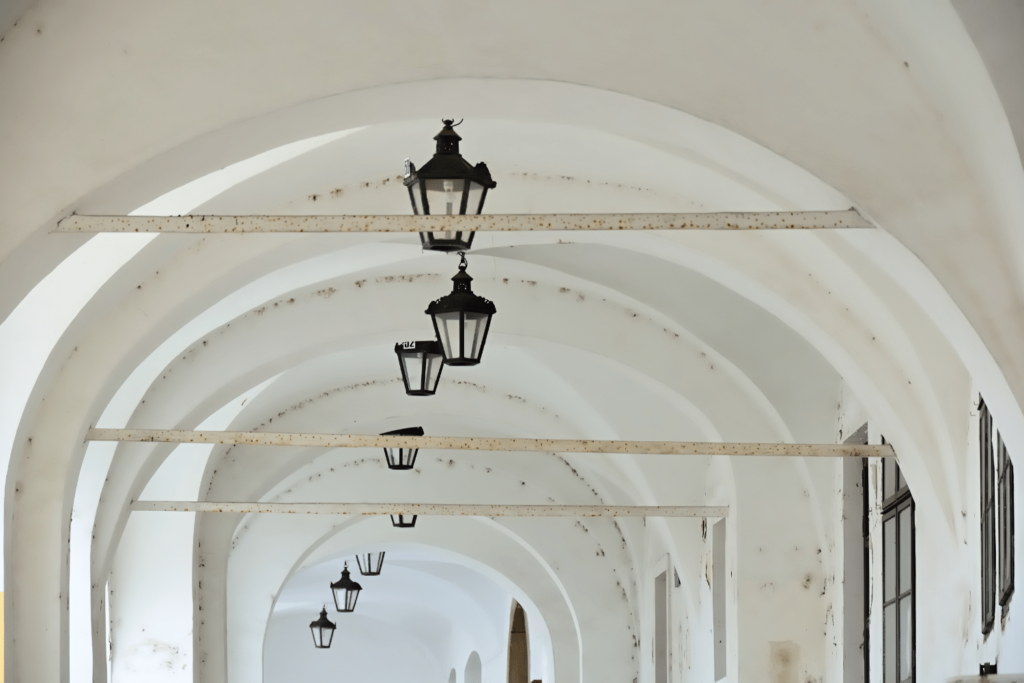
Now it’s time to hang some lights! The best way to do this is with either a string of cool white LED Christmas lights or twinkle light strands, depending on the look you are going for.
Try and find one that will fit your archway frame nicely; then run an extension cord from outside through a window inside so there's no ugly plugging in cords all over the place (this is key if you want any semblance of curb appeal).
Now attach as many sets as needed using hooks or clips anywhere along the top edge - make sure they're evenly spaced out and not too close together. We suggest at least three sets per side if taking up half of an archway wall space. If you have more than one archway, just make sure you add an extension cord for each one.
